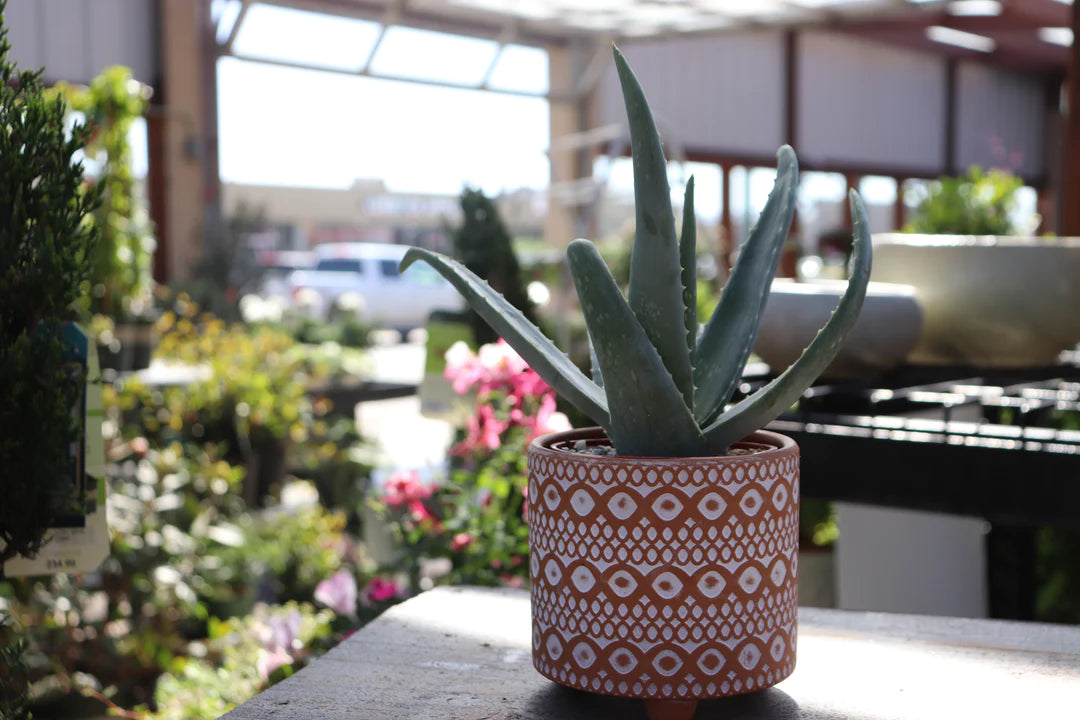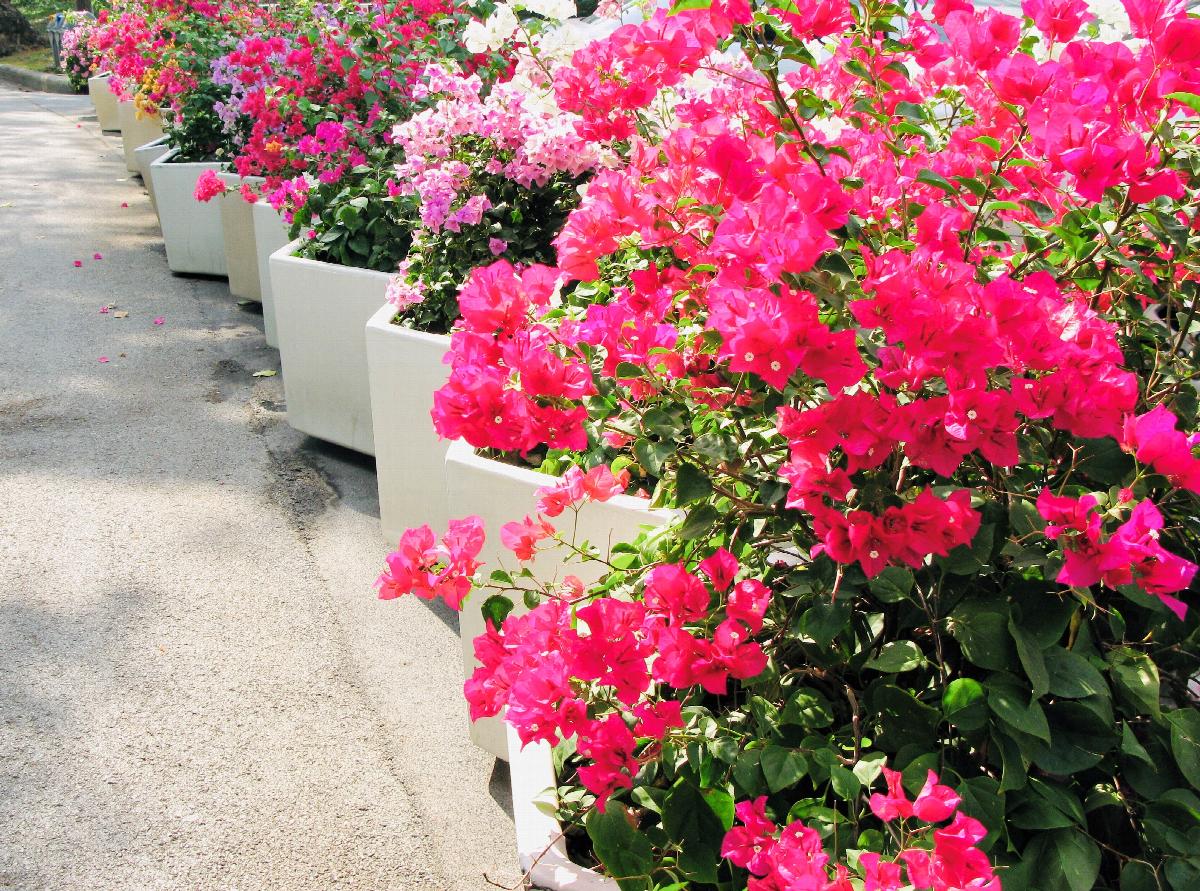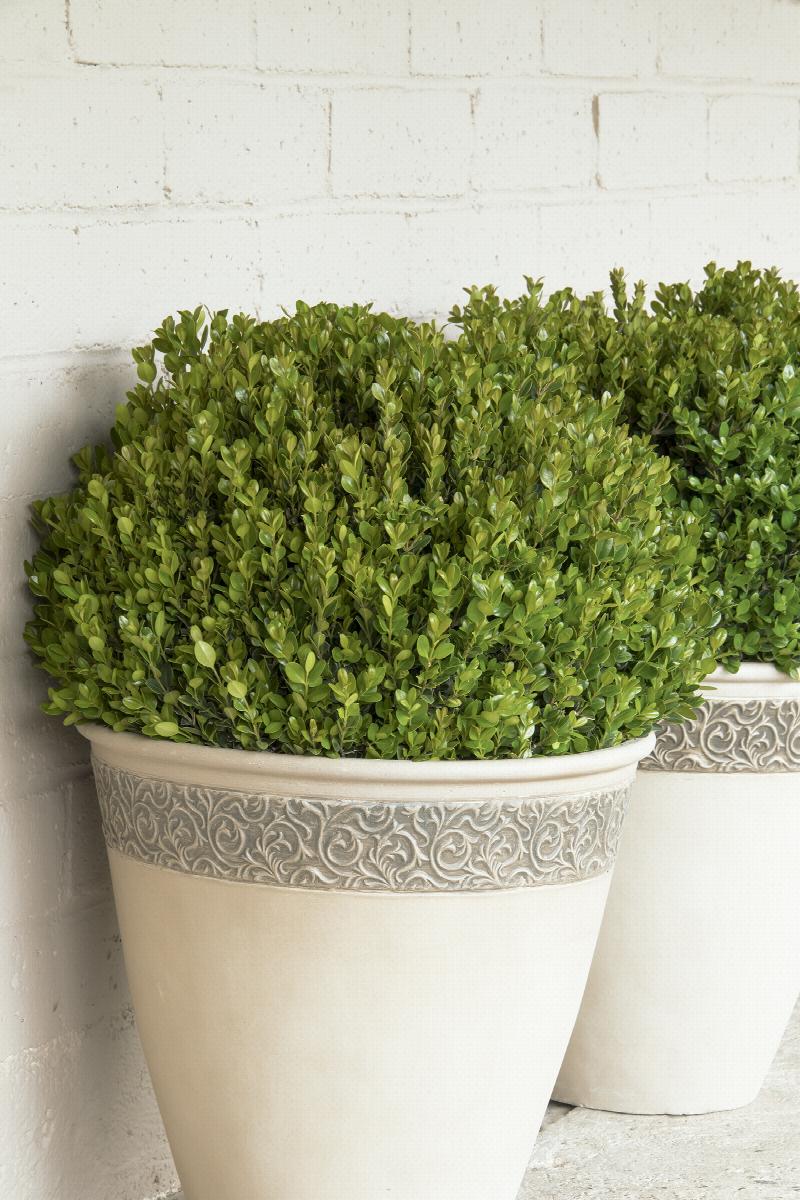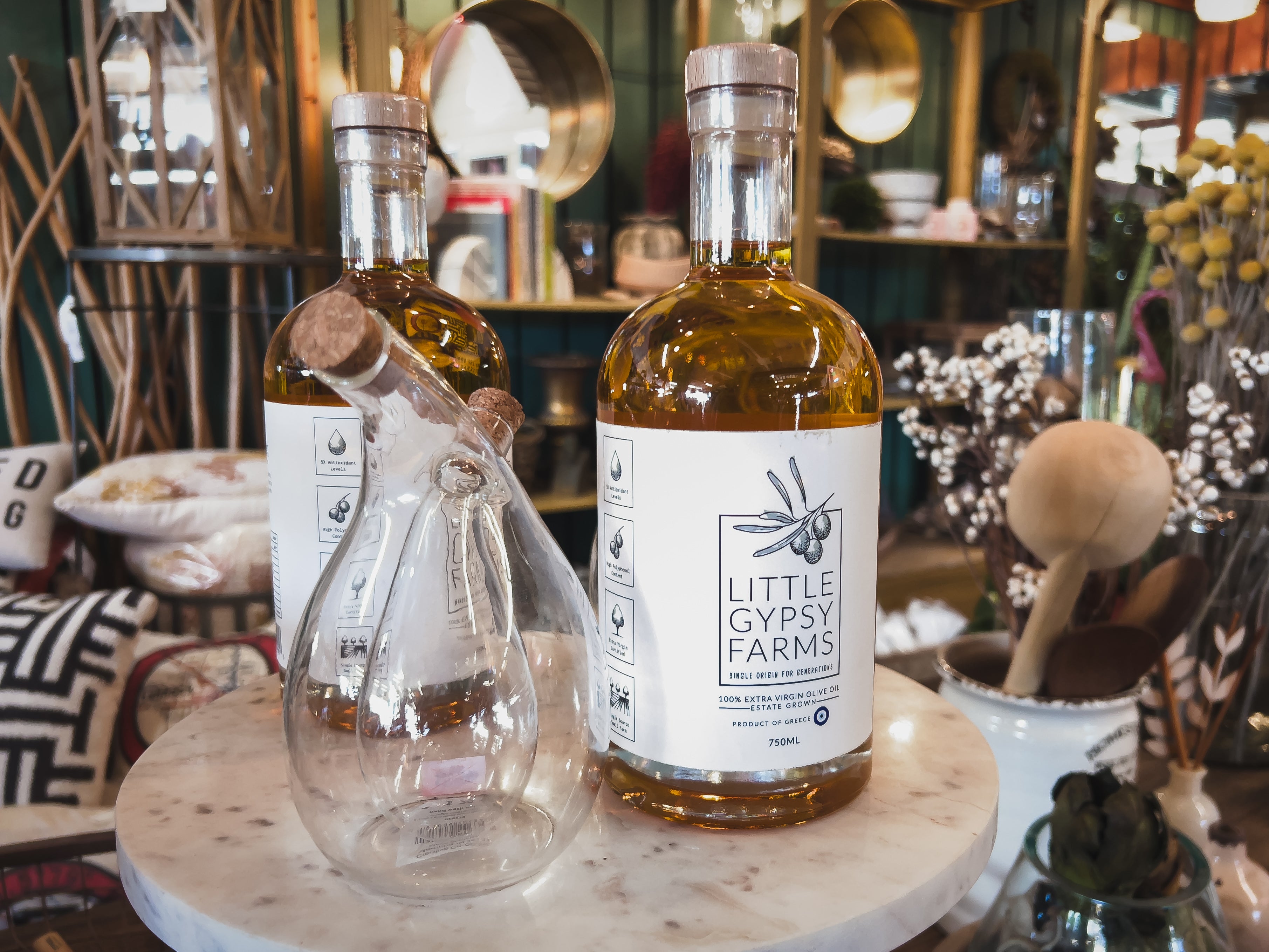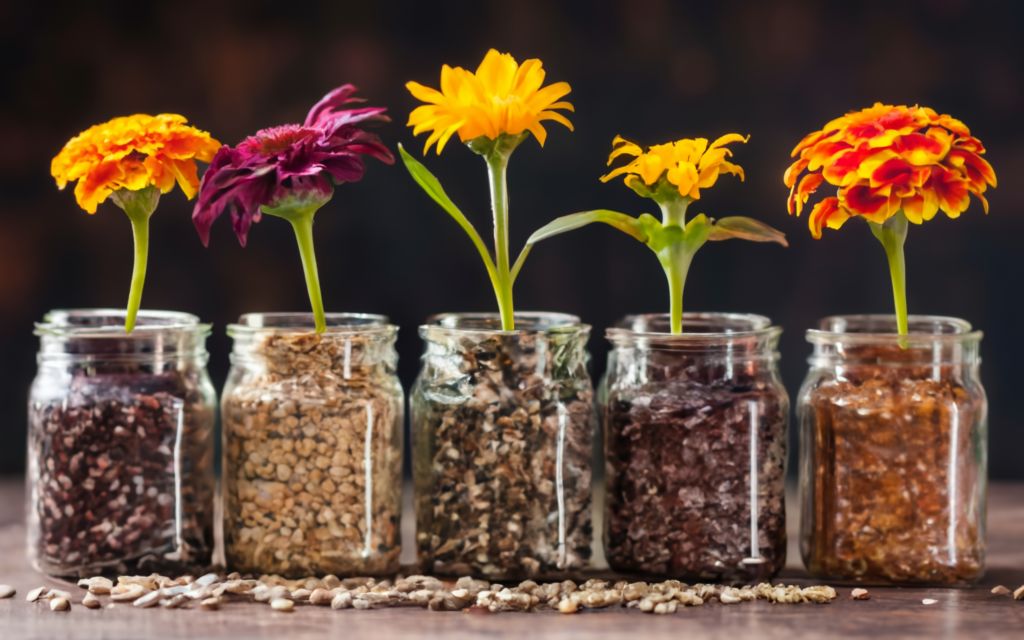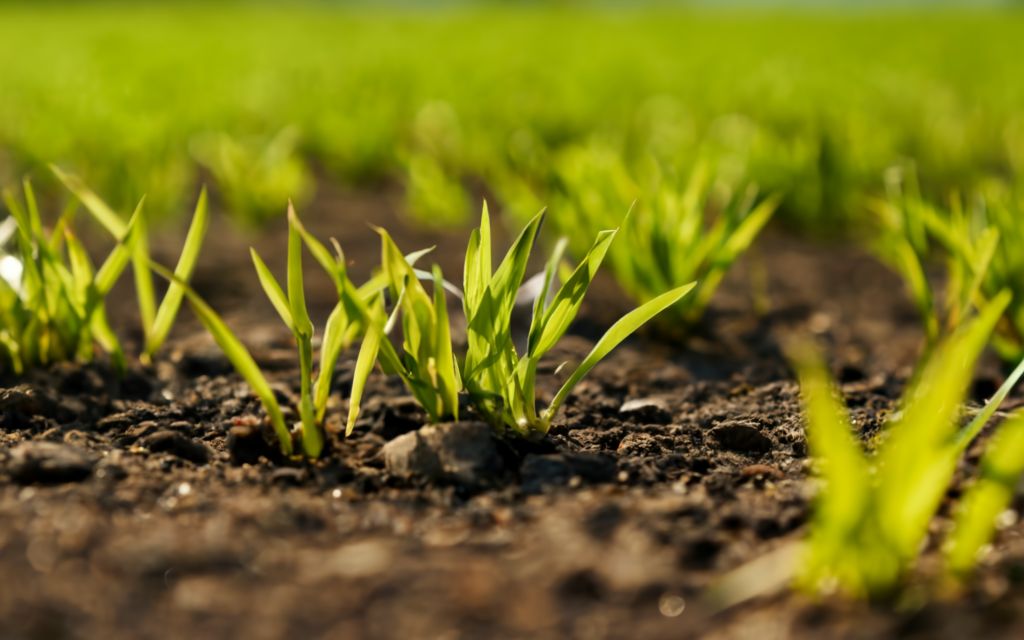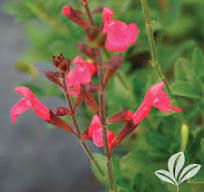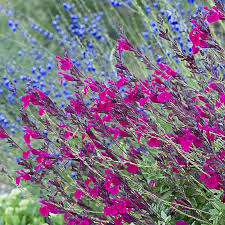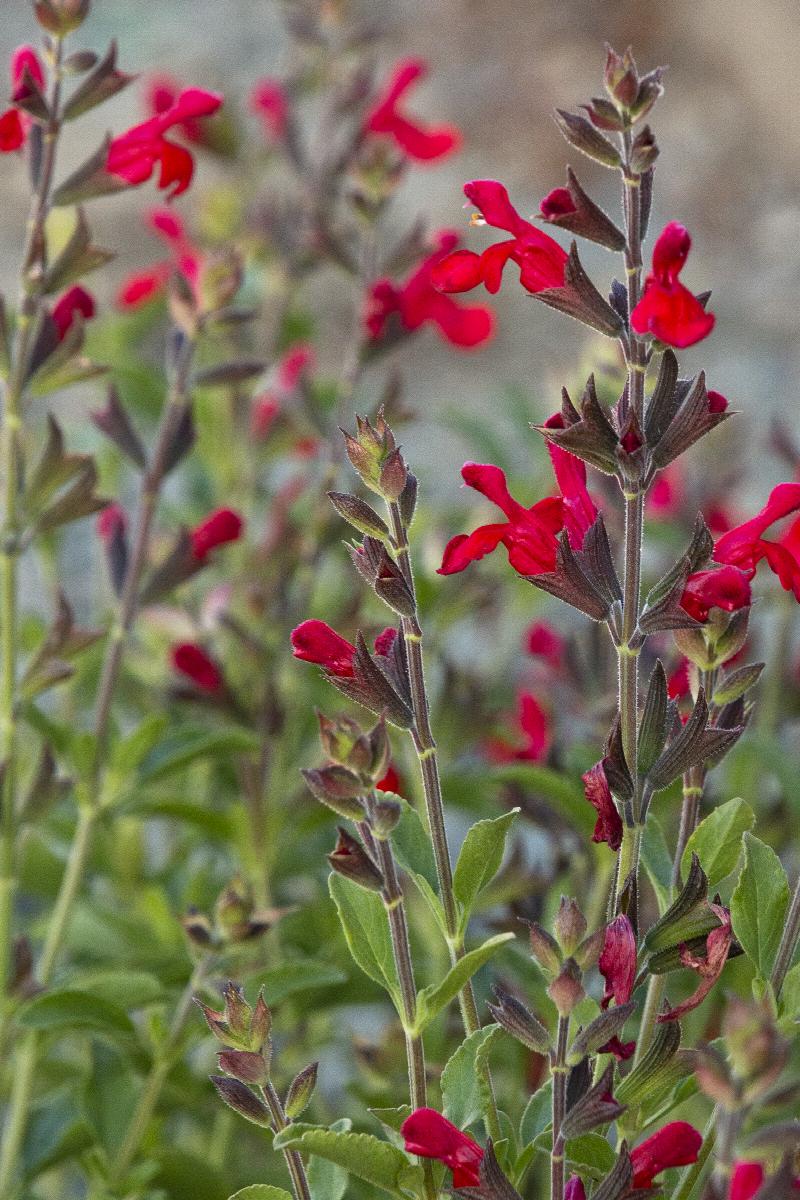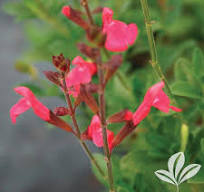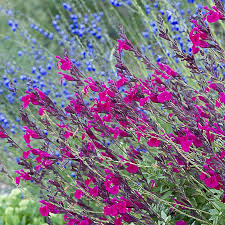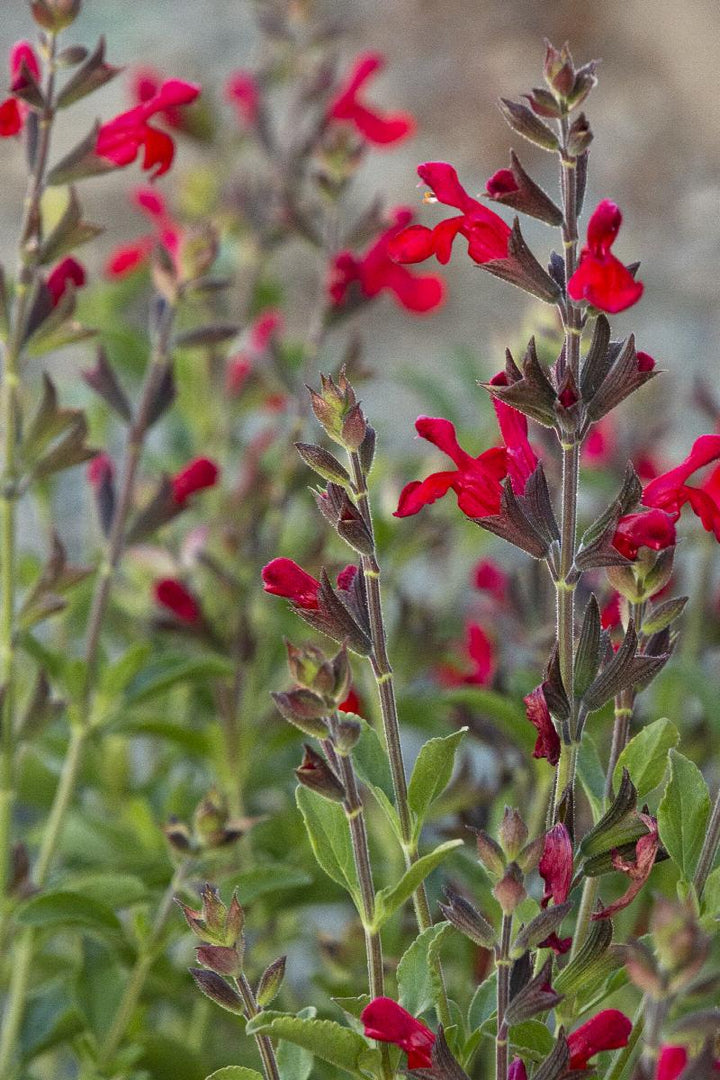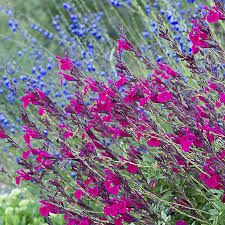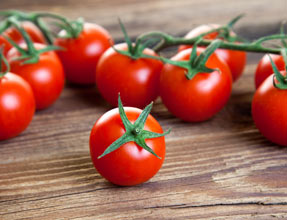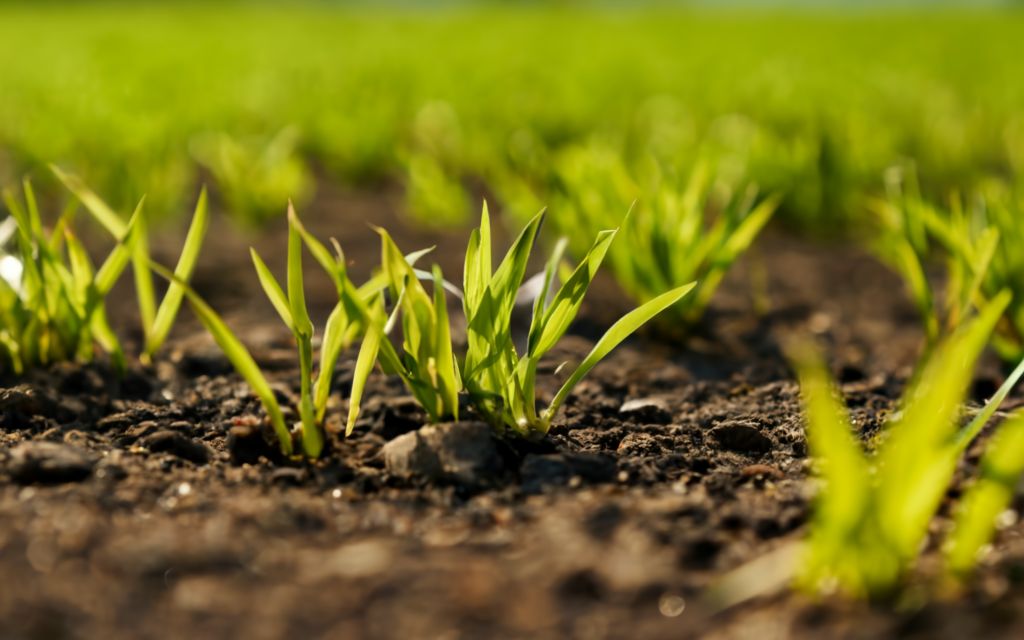Salvia Greggi
- Low stock - 5 items left
- Inventory on the way
Salvia greggii A. Gray
Autumn Sage, Cherry Sage, Gregg Salvia
Lamiaceae (Mint Family)
Synonym(s):
USDA Symbol: sagr4
USDA Native Status: L48 (N)
Autumn Sage is a soft, mounding shrub normally 2-3 ft. tall, with small, mintily aromatic green leaves that are evergreen in warmer climates. The flowers are borne on racemes from spring to frost and can be red, pink, purple, orange, or white. Its natural range is from south-central and west Texas south to San Luis Potosi in Mexico, mostly on rocky slopes.
A popular landscape plant in the Southwest, Autumn sage is delightful to use as a small, ornamental, flowering shrub in a perennial bed or as a low hedge. Its aromatic foliage quickens the senses and its flowers are sure to draw hummingbirds. The color of its blossoms in the wild is usually red but varies from area to area, with some regions dominated by red-blooming plants, others pink, others orange, others purple, and others white, plus many shades in between. The color range has been further enhanced by breeding, resulting in many cultivars over the years. It is disease and insect free and drought tolerant, and once established, should not be fertilized.
The species name “greggii” is in honor of Josiah Gregg, (1806-1850). He was born in Overton County, Tennessee. In the summer of 1841 and again in the winter of 1841-42 he traveled through Texas, up the Red River valley, and later from Galveston to Austin and by way of Nacogdoches to Arkansas. He took note of Texas geology, trees, prevalent attitudes, and politics. At the same time, Gregg began compiling his travel notes into a readable manuscript. His “Commerce of the Prairies”, which came out in two volumes in 1844, was an immediate success. In 1848 he joined a botanical expedition to western Mexico and California, during which he corresponded with and sent specimens to the eminent botanist George Engelman in St. Louis. Subsequently, the American Botanical Society added the Latin name “greggii” in his honor to twenty-three species of plants. Gregg died on February 25, 1850, as a result of a fall from his horse.
